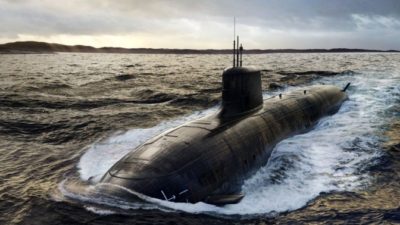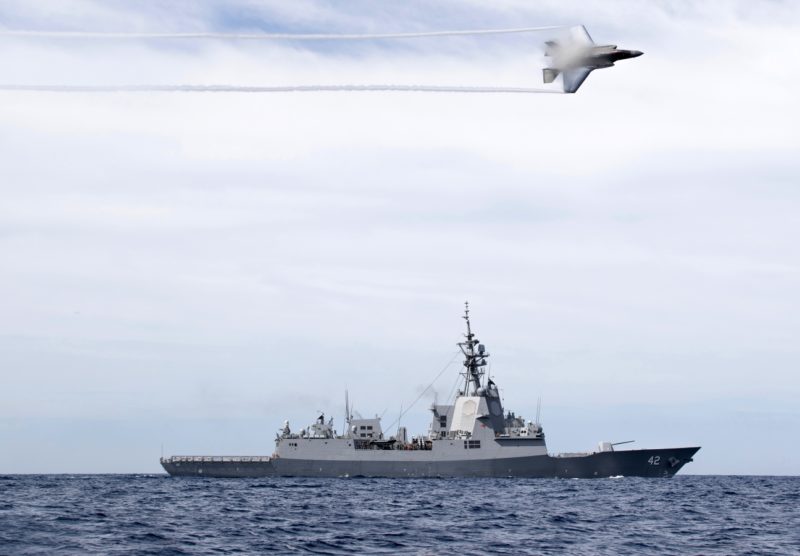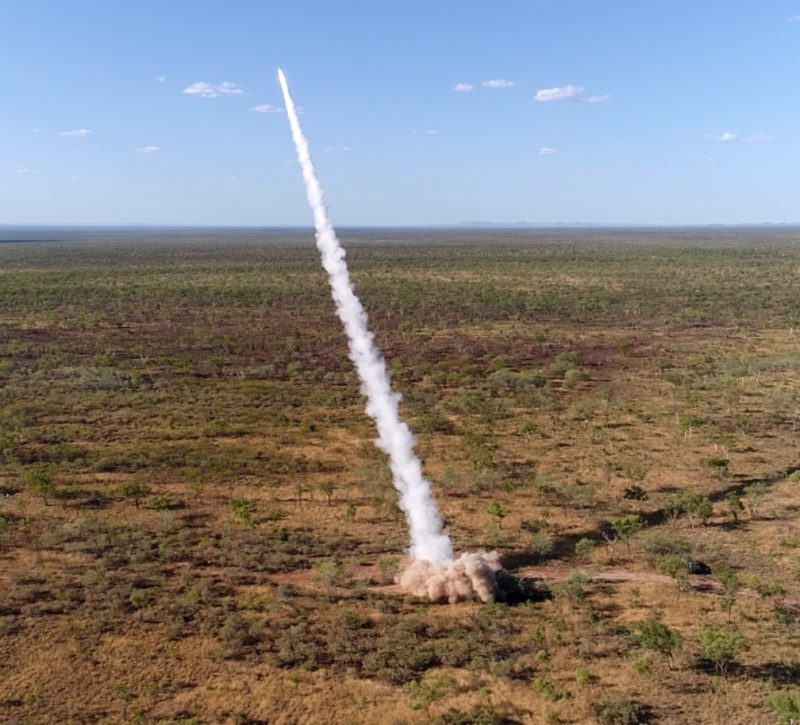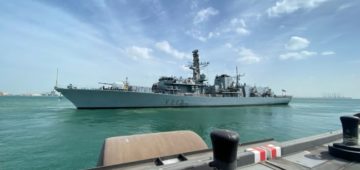
Australia is tilting investment in future defence capabilities decisively towards maritime power projection and deterrence. Land-based power, such as Armoured Fighting Vehicles (AFVs) are to be cut, while the maritime forces are expanded, with more ambitious missions.
In short, Australia is seeking to hit harder from further away and so deter likely foes, China above all. The ‘Defence Strategic Review’ states: ‘Australia’s Navy must be optimised for operating in Australia’s immediate region and for the security of our sea lines of communication and maritime trade.’
The latter stretch far from Australian shores and into seas that Beijing illegally claims as its own sovereign territory.
The ‘Defence Strategic Review’ document further explains:
‘As a maritime nation dependent on our sea lines of communication, it is essential that the shape, size and scope of the Navy’s surface combatant fleet is appropriate for the levels of risk we now face.’
Recommended in the ‘Defence Strategic Review’ is an ‘independent analysis’ of the Australian ‘surface combatant fleet capability’ in order to make sure ‘structure & composition complement the capabilities provided by the forthcoming conventionally-armed, nuclear-powered submarines.’

By the latter it means up to five US-origin Virginia Class attack submarines (SSNs) that will enter service from the 2030s and pave the way for eight SSN-AUKUS boats built in co-operation with the UK and USA that will commission in the 2040s.

It is interesting to note that Australian defence review document recommends as follows for the Army: ‘As a priority it must be able to provide: a littoral manoeuvre capability by sea, land and air; long-range fires, including land-based maritime strike.’
Conveying a sense of urgency, the report also states that current defence projects ‘should be immediately delayed or cancelled to enable funds and workforce in the forward estimates and planning decade to be reallocated to higher priority capabilities.’ It further explains: ‘Given the strategic circumstances and limited resource base we face, investing in the critical capabilities will require divesting, delaying, or re-scoping other activities that do not advance the attributes of the Integrated Force.’
The ultimate aim for Australia should, as the document outlines, be a move from ‘a Joint to an Integrated Force.’ In determining how that is to be achieved it suggests: ‘The current joint force, namely the combined effect of Navy, Army and Air Force working together, does not appropriately reflect the growth of domains. The evolution to five domains – maritime, land, air, space and cyber – demands a new approach.’ It goes on: ‘The ADF [Australian Defence Force] must rapidly evolve into a genuine Integrated Force, which harnesses effects across all of the five domains. The Integrated Force must be optimised for National Defence.’
The list of ‘critical capabilities’ includes: ‘undersea warfare capabilities (crewed and uncrewed) optimised for persistent, long-range sub-surface intelligence, surveillance and reconnaissance and strike; an enhanced, integrated targeting capability; an enhanced long-range strike capability in all domains; a fully enabled, integrated amphibious-capable combined-arms land system; enhanced, all-domain, maritime capabilities for sea denial operations and localised sea control; a networked expeditionary air operations capability; an enhanced, all-domain, integrated air and missile defence capability; a joint, expeditionary theatre logistics system with strategic depth and mobility; a theatre command and control framework that enables an enhanced Integrated Force; and a developed network of northern bases to provide a platform for logistics support, denial and deterrence.’


It is quite statement of intent and an impressive shopping list. But Australia seems to be going at it with clarity and determination, in the face of rapidly worsening threat environment, via the most radical reshaping of its armed forces since WW2.






Comments
Sorry, comments are closed for this item